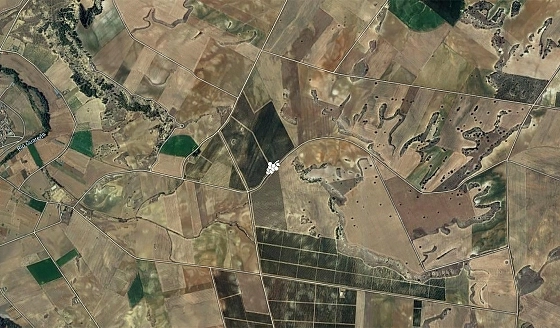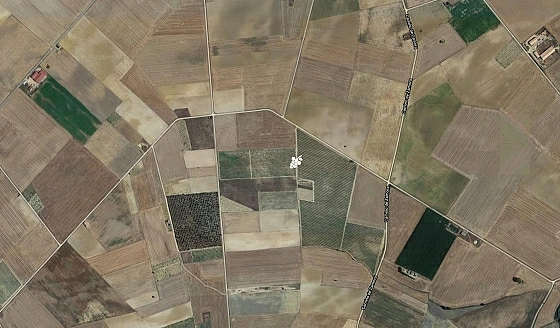
Extension. 24,15 ha.
Plantation year. 1978
Grape varieties. Tempranillo, Cabernet Sauvignon, Malvasía, Albillo, Moscatel de grano fino, Garnacha
Find out moreOUR VINEYARD
Knowing that the origin of all of this is the grapevine, and that this origin is what makes all the difference, here at Fariña, all year round, looking after the grapevines is a paramount objective, a daily task of particular significance.
We currently cultivate over 300 hectares of our own vineyards - some of which are over a hundred years old - in which we practice 21st century winegrowing.
The trellised vines planted by the winery follow the double guyot system, which allows them to control the number of bunches per vine and increase the surface area of leaves exposed to the sun, thereby improving the efficiency of the photosynthesis process. The system we have implemented also allows for limited growth of the grapes, which leads to their components being more concentrated and, ultimately, their quality too.
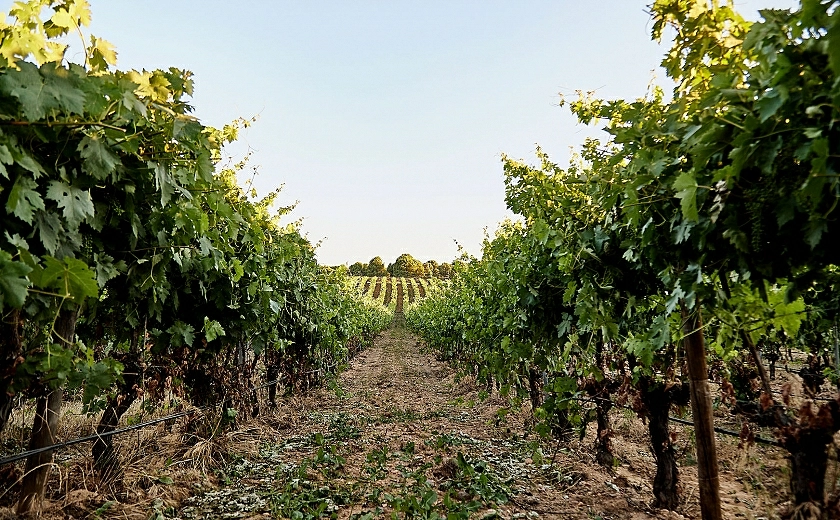
Our vineyards are located in different villages in the region of Toro and the Tierra del Vino, with different soils, sun exposures and climates. This allows us to focus production towards producing different types of wine.
The main varieties we grow in our D.O. vineyards are Tinta de Toro red grapes and white Malvasía grapes. We use Tinta de Toro for our red and rosé wines, and Malvasía to produce a fruity white that has acquired deserved star status in a region traditionally known for its reds.
As well as that, we buy grapes from winegrowers in the area, whom we have been working with since the 1980s, and who are properly advised by the winery’s technical team to ensure they meet the stipulated guidelines in all phases of the growing cycle, right up until the grape enters the winery. This vineyard is made up of old, ungrafted grapevines of the local variety, Tinta de Toro, which is a real part of Toro’s heritage, which we use to make some of our most special wines.
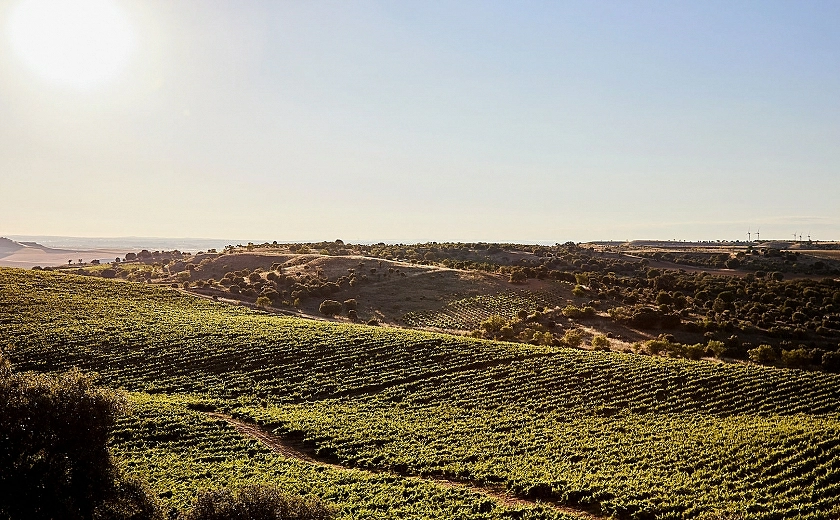
For years we have been carrying out an exhaustive study on the soil, on our different plots - which have different altitudes, composition and levels of sun exposure - to find the most ideal conditions for the native and experimental varieties. Our objective: to come to the market with wines that are distinct according to the land on which the vines are grown.
On each plot, we have perfectly identified different sectors according to the type of soil, and on each of them there are humidity sensors that allow us to control the hydric stress of the plants.
We also work with sensors that predict diseases, which measure the meteorological conditions of the area and combine those data with predictions in the area, which then allows us to measure the likelihood of the vines developing fungal diseases.
We also carry out analyses on the plants to find out the nutritional needs of the plants depending on the soil and plot they are in. All of these parameters, combined with our production potential, allow our technical team to focus each sector of each plot towards a specific type of wine.
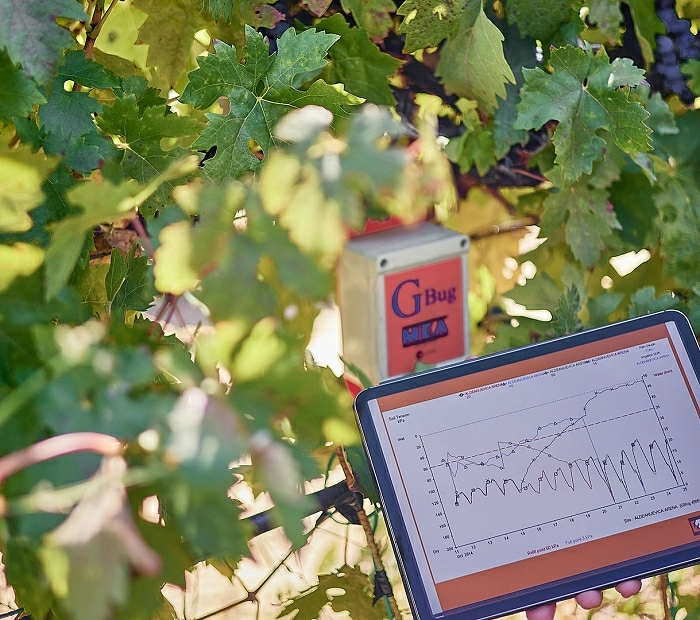
Furthermore, together with the University of Salamanca, and after several years of research into winegrowing, the winery has obtained native yeast to preserve the properties that are unique to Tinta de Toro.
We have currently been having good experiences using intermediate systems between the traditional method of cultivating head-trained bush vines, and trellising, such as Sprawl, which allows us to raise the vegetation, avoiding certain health problems, and keeping the bunches in the shade and aired, as happens with the traditional head-trained bush vines.
Furthermore, we have demonstrated that intermediate systems such as this help us to reduce problems with overripening during hotter years, as well as allowing us to reduce the alcohol content of our wines and improve their acidity and pH levels. All of these factors, as we have already demonstrated over the course of over 5 years, are improvements that clearly help us to mitigate the effects of climate change on our vine growing, allowing us to produce more balanced wines, and anticipating solutions to adapt the vines to more stressful situations.
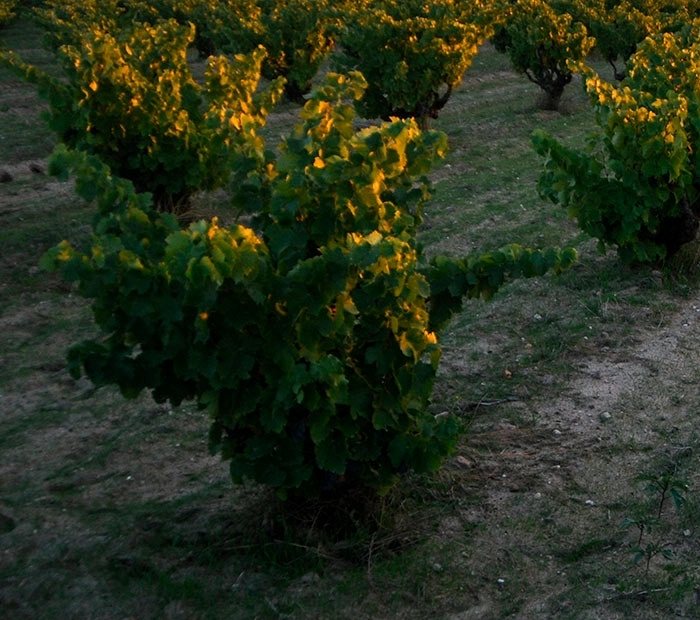
All of our vines are grown under technical parameters that are always based on production that is integrated into and respects the environment.
Making the most of especially favourable conditions, since 2013, two of our most unique plots, Las Marbanas and Magarín, have had organic certification.
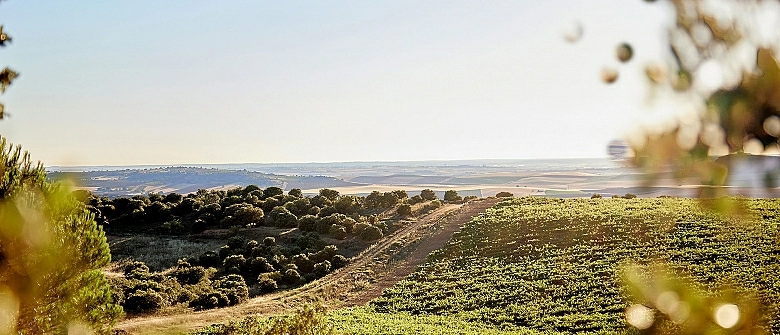

Extension. 24,15 ha.
Plantation year. 1978
Grape varieties. Tempranillo, Cabernet Sauvignon, Malvasía, Albillo, Moscatel de grano fino, Garnacha
Find out more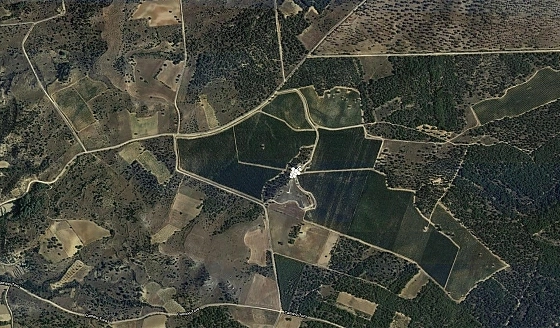
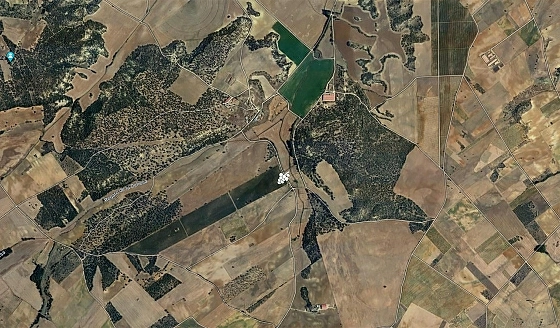
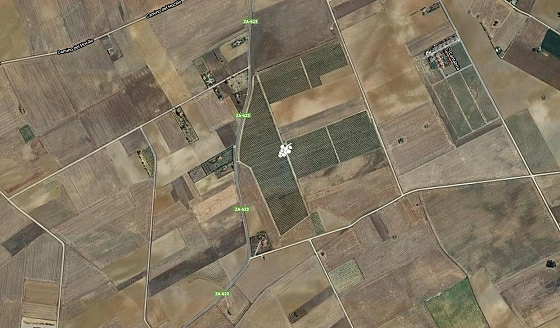
Extension. 20,7 ha.
Plantation year. 1978/1996
Grape varieties. Experimental field: Albariño, Pinot Gris, Merlot, Cabernet Sauvignon, Cabernet Franc, Syrah, Garnach
Find out more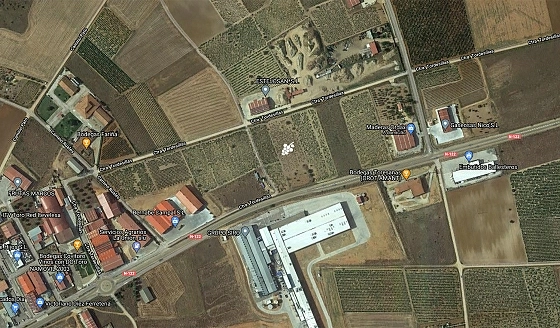
Extension. 0,9 ha.
Plantation year. Late Nineteenth Century
Grape varieties. Tinta de Toro
Find out more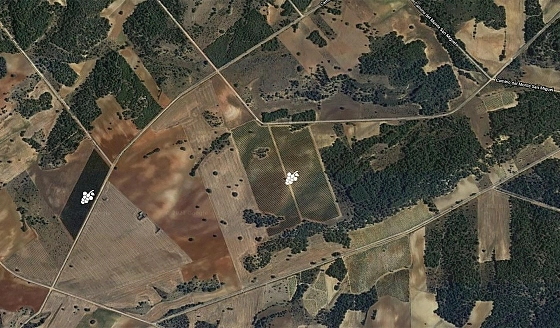
Extension. 13,41 ha.
Plantation year. 2008
Grape varieties. Malvasía, Verdejo, Gewürztraminer
Find out more